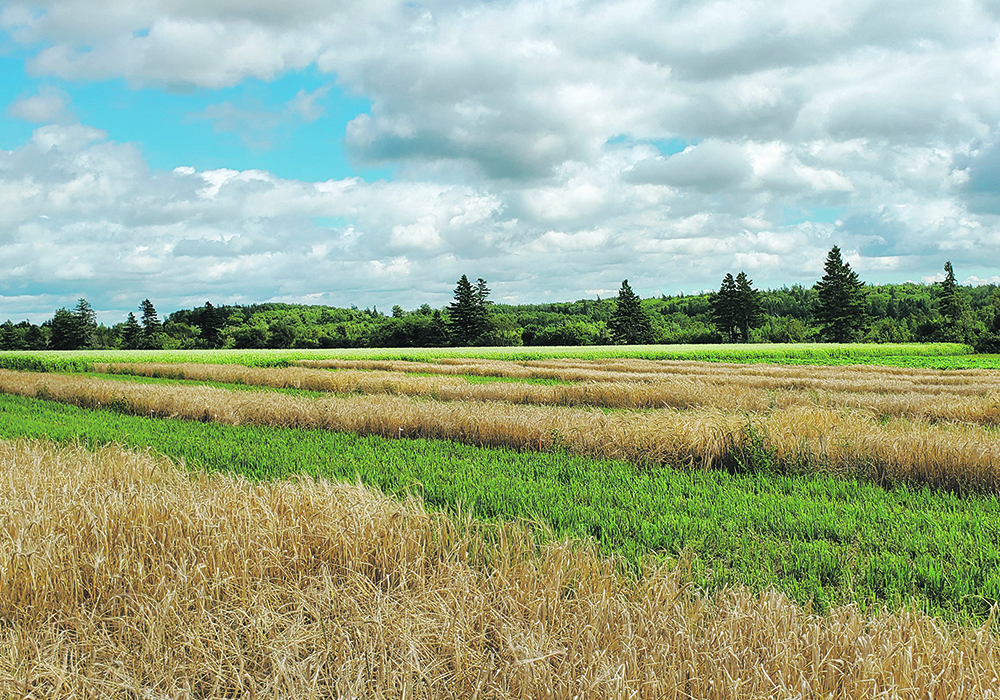Researchers look at heritage varieties from around the world to match eastern fields and craft beer drinker palates
Agriculture Canada is searching through heritage barley from the United Kingdom, France and Russia to adapt varieties for the Maritimes’ malting and brewing industry.
“We originally got some varieties from the John Innes Centre in the southern United Kingdom,” said Aaron Mills, research scientist at Ag Canada in Charlottetown, P.E.I.
He said a project ran out of the University of North Dakota found that European varieties tend to perform better in the Maritimes compared to western Canadian varieties.
“We look to Europe for more barley varieties rather than Western Canada, just purely because they’ve been selected under higher moisture conditions,” Mills said.
Read Also

U.S. bill could keep out Canadian truckers
The Protecting America’s Roads Act, which was tabled in the U.S. House of Representatives at the beginning of October, would “rid the country of illegal immigrant commercial truck drivers and ineligible foreign nationals.”
“We also struggle with protein here. Any fertility goes straight to the protein in Eastern Canada and we found the European varieties can handle a higher level of nitrogen fertility.”
He said there are about 1,000 acres of malt barley grown in the Maritimes each year. These are largely devoted to western Canadian varieties, including AAC Synergy, Harrington, Cerveza, and AC Newdale.
Most of the heritage varieties in the trials haven’t been grown commercially since the 1930s and don’t yield as high as modern malt varieties developed for large-scale brewers.
They also didn’t come from modern breeding programs so Mills said they aren’t as shiny as some of the western Canadian malting lines. But they may have qualities that allow them to grow better on the East Coast. They could also have unique flavours that interest smaller-scale craft maltsters and craft brewers.
“The craft industry, they’re interested in different things like flavour and the story behind how some of these varieties came to be malting barley,” Mills said.
One of the varieties being tested includes the heritage variety called Chevallier. First developed in the U.K. in 1870, it is normally found in golden ales and IPAs.
Chevallier has been commercialized by Crisp Malting in the U.K. and is widely distributed in both Europe and North America.
“There were 80 different lines that we started with and we’ve gradually been paring those down, based largely on agronomic performance and disease resistance,” Mills said. “The folks in Brandon are also running some fusarium trials for us out there.”
The project has been running for six years and is now focusing on about 30 different lines.
“We started with 70 or 80 grams of seed and we’re just propagating those up,” Mills said. “I couldn’t honestly see any one of these varieties being more than say 50 to 100 acres at their peak.”
“We’re working with a craft malt house and the craft brewery and Halifax to pick out the best one. I think we have it down to around seven varieties that they like the stories and the agronomics kind of match up for the growing conditions.”
In a separate project, Mills and colleague Jason McCallum are developing the first commercial wild hops varieties adapted to conditions in the Maritimes.


















